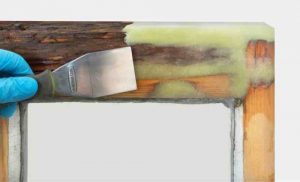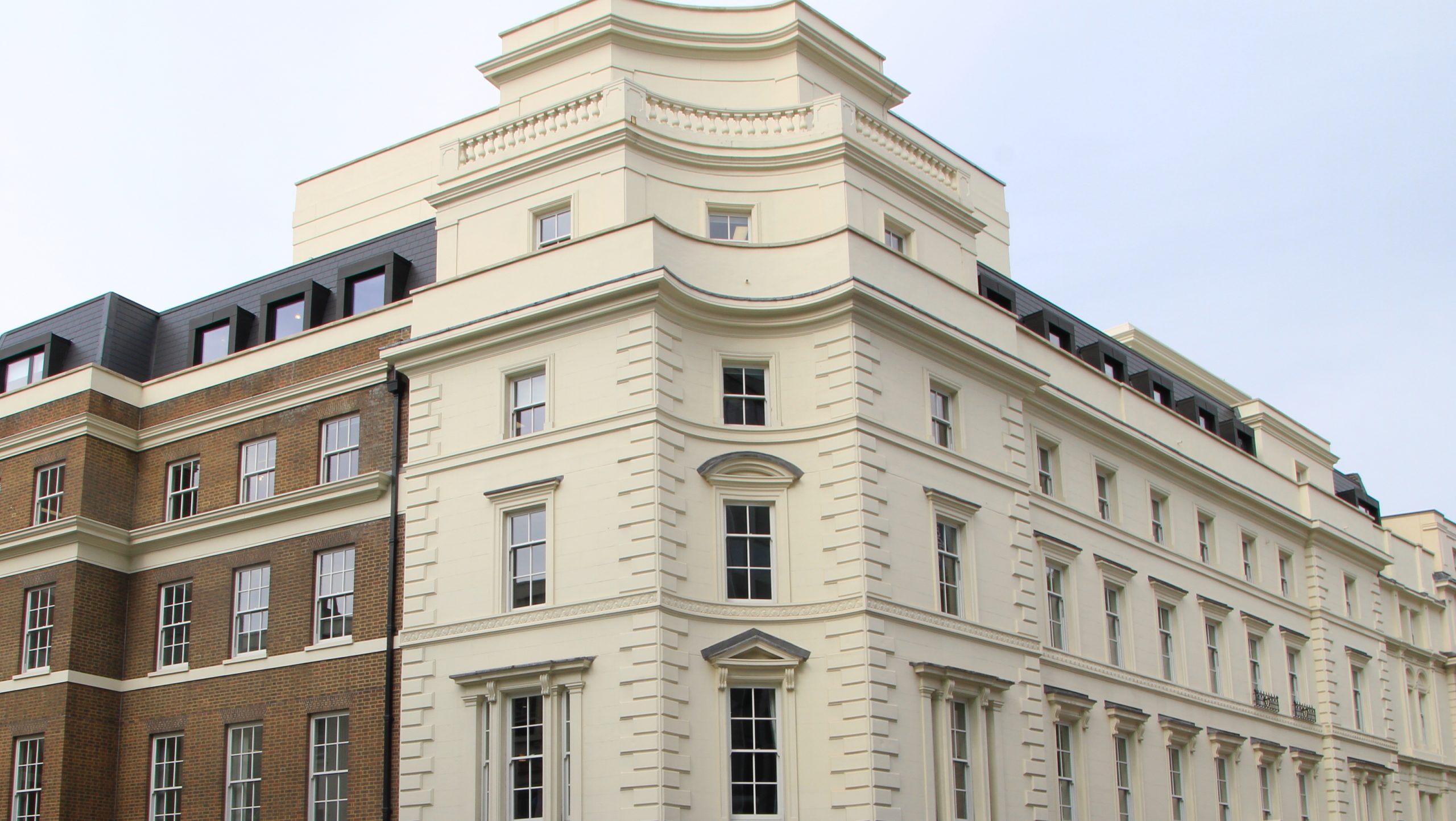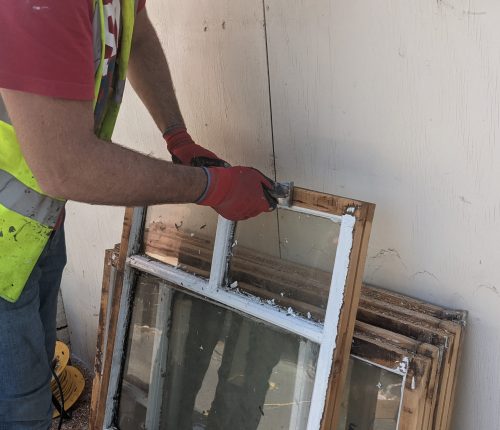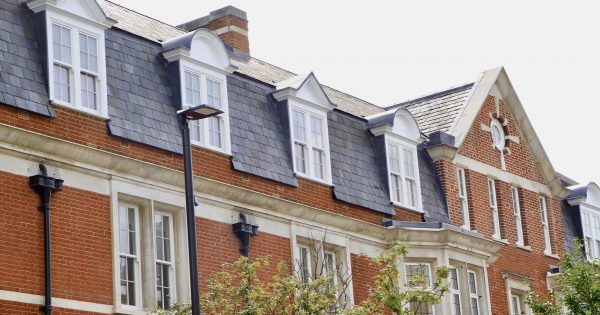Tue Nov 18
Heritage window restoration demands a level of technical precision that extends well beyond aesthetic considerations. For architects and specifiers working with listed buildings and conservation areas, selecting the right restoration approach requires detailed knowledge of material science, regulatory compliance and proven conservation methodologies.
TRC Contracts applies three decades of specialist experience to deliver restoration solutions that preserve architectural authenticity while achieving modern performance standards. Our approach integrates structural timber repair, high-performance glazing systems, engineered draughtproofing and period-appropriate ironmongery within a framework that respects both Historic England guidelines and contemporary building regulations.
Conservation-led timber repair methodologies
The foundation of any successful heritage window restoration lies in the structural integrity of the timber substrate. Historic timber components are susceptible to moisture ingress, fungal decay and localised damage from failed paint systems or weathering.
TRC’s ethos prioritises retention of original fabric wherever structurally viable. This approach aligns with guidance from the Society for the Protection of Ancient Buildings and Historic England, both of which advocate for minimal intervention and maximum retention of historic material.
Repair Care epoxy resin system

For Grade 1 listed buildings and some Grade 2 listed buildings, we use repair methods recommended by SPAB. For all other repairs, TRC employs the Repair Care system – a multi-stage epoxy resin methodology that delivers durable repairs without compromising the window’s structural performance or visual coherence.
Once cured, Repair Care products can be drilled, stained and painted to match surrounding timber. The resin holds form during application, enabling restorers to recreate three-dimensional mouldings and architectural details with accuracy.
Properly executed, these repairs are visually undetectable and provide structural performance equivalent to or exceeding that of the original timber.
Replacement joinery to match original specification
Where decay has progressed beyond viable repair thresholds, replacement timber is specified to match the original species, grain structure and sectional profiles. This ensures continuity of material properties – particularly important where differential movement between original and replacement components could compromise weather-tightness or visual alignment.
TRC undertakes replacement joinery for sash boxes, frames, casements, transoms, mullions and decorative external elements including fascias, soffits and structural beams. Each component is manufactured to replicate historic detailing, preserving the building’s architectural character.
Ultra-slim double glazing for heritage applications
Glazing specification represents one of the most technically challenging aspects of heritage window restoration. Conservation officers and planning authorities typically require fenestration to maintain slimline profiles characteristic of historic single glazing, while building regulations demand thermal performance levels incompatible with traditional glass thicknesses.
Technical specification of slim sealed units
TRC’s ultra-slim double glazed units measure just 12mm overall thickness, enabling installation within rebates originally designed for 4mm single glazing. This specification allows compliance with conservation requirements without structural modification to historic frames.
The units comprise:
- Two 4mm glass panes
- Krypton gas filled for reduced U values and acoustic attenuation
- Low-emissivity coating on the inner pane to reflect radiant heat
- Warm edge spacer bar to minimise perimeter condensation
Installation is executed using 6mm beading sections and elastic dry glazing sealants. This methodology provides long-term weather deflection and accommodates the natural movement characteristics of timber frames across seasonal cycles. All units carry a five-year guarantee and meet Approved Document L thermal performance requirements.
Acoustic and thermal performance
The heavy gas fill – typically argon or krypton – significantly improves acoustic insulation compared to air-filled cavities. This specification is particularly valuable for heritage buildings in urban environments where external noise levels impact occupant comfort.
The Low-E coating reduces heat transfer through the glazing assembly, improving U-values while maintaining the visual characteristics of traditional glass. This enables heritage windows to contribute positively to whole-building energy performance without visual compromise.
Engineered draughtproofing systems
Air infiltration through historic windows represents a primary cause of heat loss, occupant discomfort and accelerated timber deterioration. Effective draughtproofing addresses these issues while respecting the operational requirements of sliding sash and casement configurations.
Hidden rebated sealing methodology
TRC specifies draughtproofing systems that integrate discretely within existing frame profiles. Rather than surface-mounted strips that compromise visual authenticity, all seals are rebated into beading sections and remain concealed during normal operation.
The system employs weatherpile with central fin fixed into plastic carriers. The weatherpile prevents ingress of dust, moisture and particulate matter, while the central fin provides primary air-tightness. This dual-function approach addresses both immediate comfort issues and long-term preservation objectives.
Performance validation and testing
The specified draughtproofing system undergoes comprehensive laboratory testing for:
- Air tightness under pressure differential
- Water permeability resistance
- Wind load performance
Independent test data confirms that properly installed systems reduce air leakage by up to 50% compared to unsealed configurations. This improvement translates directly to measurable reductions in heating demand and eliminates the rattling characteristic of loose-fitting sashes.
Beyond thermal benefits, effective draughtproofing extends timber life by preventing moisture ingress and reducing exposure to airborne pollutants. The system also improves operational smoothness, as the brush seals create consistent contact pressure that stabilises sash movement.
Bespoke architectural ironmongery
Period-appropriate window furniture represents the final layer of authenticity in heritage restoration projects. Specifying ironmongery requires detailed knowledge of historical precedent, manufacturing techniques and finish options.
Comprehensive period fittings catalogue
TRC maintains an extensive collection of sash window furniture spanning Georgian, Victorian and Edwardian periods. The range includes:
- Axle pulleys in various diameters and finishes
- Sash fasteners in fitch, Brighton and standard configurations
- Sash lifts in D-ring, flush and projecting patterns
- Window stops and security stays
- Period door furniture and handles
Each component is available in multiple finish options including polished brass, antique brass, satin chrome, polished chrome and powder-coated specifications. This breadth of choice enables architects to specify historically appropriate details that align with conservation area guidelines and planning requirements.
Bespoke design and replication services

Where projects require fittings that match existing historic hardware or demand unique designs, TRC offers bespoke manufacturing services. This capability is particularly valuable on Grade I and Grade II listed buildings where planning conditions mandate exact replication of original features.
Our team can work from photographs, sketches or physical samples to recreate lost or damaged ironmongery. This service extends to door furniture, decorative hinges, security hardware and specialised fittings for unusual window configurations.
Decorative refinishing and paint systems
The final presentation of restored windows depends upon appropriate surface preparation and decorative finishes. Historic paint systems require careful analysis and, where lead-based paints are present, specialist handling protocols.
Paint specification for durability and authenticity
TRC specifies microporous paint systems that allow timber to breathe while providing weather protection. These modern formulations prevent moisture entrapment – a common cause of premature coating failure and substrate decay.
Colour matching services enable replication of historic schemes where required by conservation officers. Paint is applied using traditional techniques that avoid excessive film build-up and preserve crisp moulding details.
Lead-based paint management
Where lead survey results confirm the presence of historic lead-based coatings, TRC implements enhanced Health & Safety protocols compliant with Control of Lead at Work Regulations 2002. These measures include:
- Class H extraction with HEPA filtration
- Containment sheeting and controlled work areas
- Enhanced personal protective equipment
- Health surveillance and blood lead monitoring
- Specialist waste handling procedures
This rigorous approach ensures both operative safety and regulatory compliance, providing architects with confidence that restoration works meet current statutory requirements.
Integration with conservation planning frameworks
Successful heritage restoration requires early engagement with conservation officers, planning authorities and heritage consultants. TRC’s technical team provides specification support throughout the planning process, including:
- Pre-application advisory services
- Material sample provision
- Technical drawings and performance data
- Method statements and conservation justifications
- Compliance documentation for Listed Building Consent applications
Our experience across hundreds of heritage projects – from Grade I manor houses to conservation area terraces – enables efficient navigation of planning requirements while maintaining architectural integrity.
Delivering specification-grade restoration outcomes

Heritage window restoration demands technical excellence across multiple disciplines: structural timber repair, advanced glazing systems, engineered draughtproofing, period ironmongery and compliant surface finishes. Each component must work cohesively within the constraints of historic fabric and planning requirements.
TRC Contracts brings certified expertise, proven methodologies and three decades of specialist experience to every restoration project. Our approach balances conservation best practice with modern performance requirements, delivering solutions that preserve architectural authenticity while meeting contemporary building standards.
For architects and specifiers seeking detailed technical guidance on heritage fenestration restoration, our team is available to discuss project-specific requirements and provide specification support.
Contact TRC Contracts to discuss how our restoration expertise can support your next heritage project.





